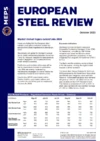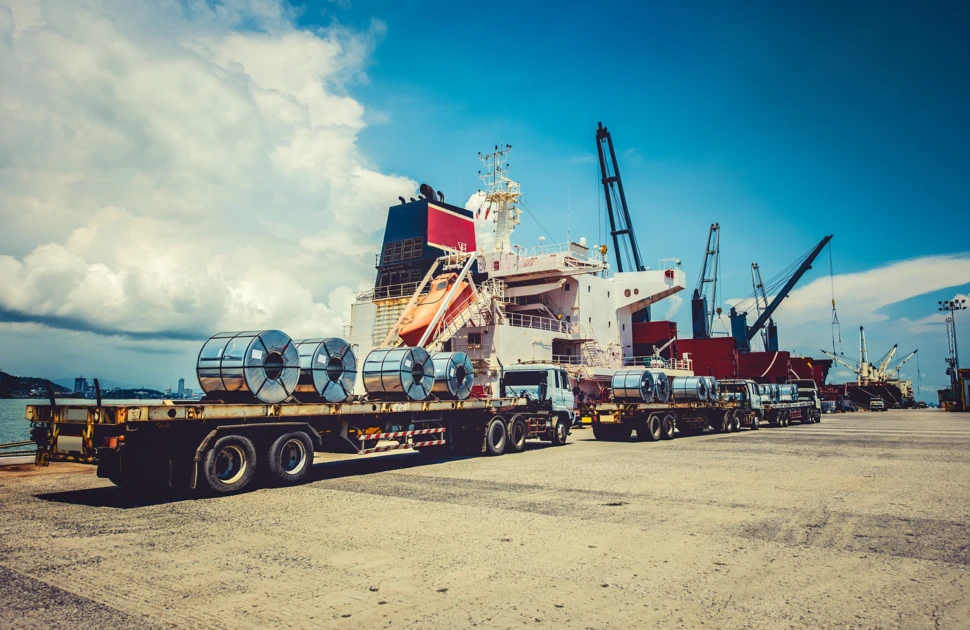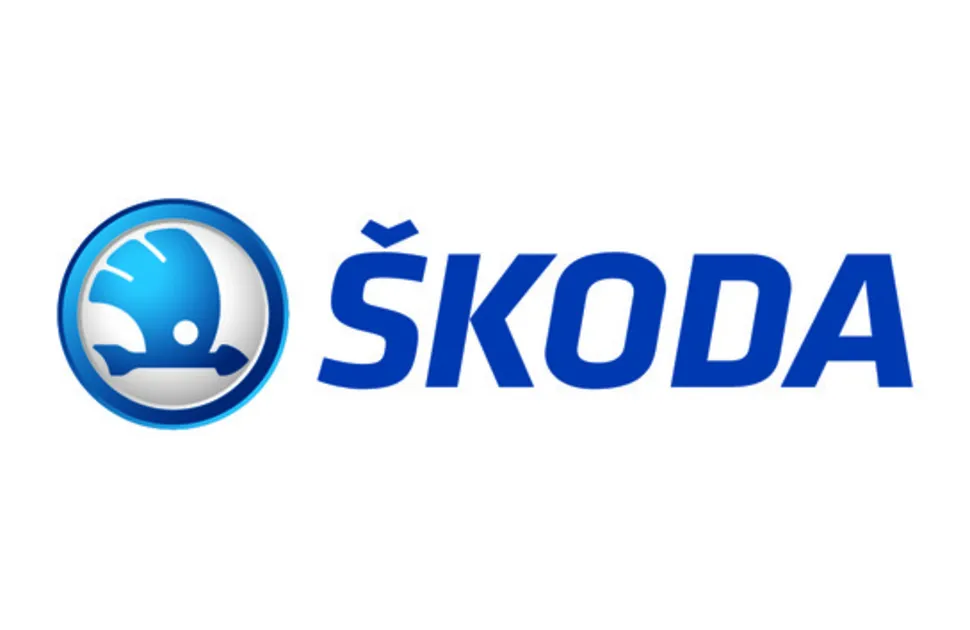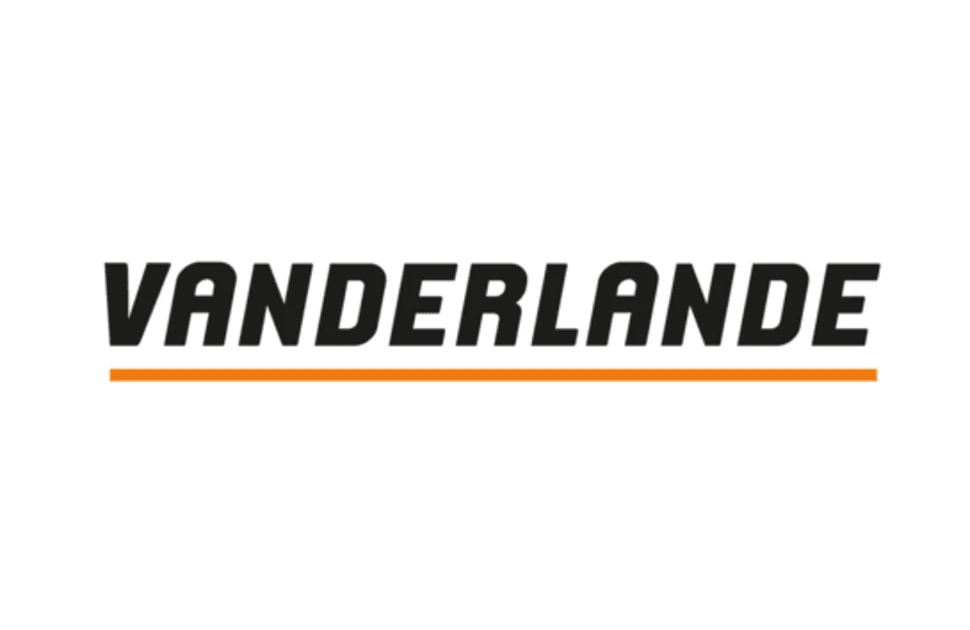Updated Q&A: How CBAM will transform EU steel imports
MEPS International has updated its one-stop Q&A to answer some of the steel sector’s most frequently asked questions about the European Commission’s Carbon Border Adjustment Mechanism (CBAM).
The asset was revised to include the EU CBAM's default embedded carbon emissions values and wider clarification of the regulations following their recent publication by the Commission.
Read on discover more about the motivation for CBAM's implementation in Europe and to discover what your business needs to do now to set it on the path to compliance.
What are the European Commission’s CBAM import regulations?
CBAM is an element of the ‘Fit for 55’ package unveiled as part of the EU’s European Green Deal in July 2021.
This outlined a target of delivering a 55% reduction in carbon emissions between 1990 and 2030 on the way to becoming a climate-neutral continent by 2050.
CBAM will aim to prevent the Commission’s stringent CO2-cutting measures from causing an exodus of CO2-intensive EU manufacturing processes to less heavily regulated markets. This is commonly referred to as ‘carbon leakage’.
It will do this – and seek to avoid the risk of cheaper, less sustainably produced goods flooding the EU from other countries – by imposing an import duty according to a product’s embedded carbon emissions.
The CBAM covers a selected number of goods at high risk of carbon leakage, including: iron; steel; cement; fertiliser; aluminium; hydrogen; and electricity generation.
Approximately 1.8 to 3.0 tonnes of CO2 are emitted for every tonne of steel produced in a blast furnace. The direct CO2 emissions (melting) of an electric arc furnace are about 0.1 tonnes and the indirect CO2 emissions (electricity generation) are approximately 0.4 tonnes, for each tonne of steel produced.
How will the European Commission’s CBAM regulations work?
The European Commission’s CBAM regulations are designed to function in parallel with the current EU Emissions Trading System (EU ETS).
When a company buys a carbon allowance from the EU ETS, it gains permission to generate one tonne of CO2 emissions. EU steelmakers currently receive free emission allowances under the EU ETS scheme; however, these are gradually being phased out.
The Commission said that free EU ETS allowances had served to “dampen the incentive to invest in greener production at home and abroad”.
CBAM involves applying a carbon price to imports of certain goods into the EU. Initially, only direct emissions from steel production will be considered by CBAM certificates.
Following CBAM’s full implementation in 2026, EU importers will buy carbon certificates corresponding to the carbon price that would have been paid had the goods been produced under the EU's carbon pricing rules.
If a non-EU producer can show they have already paid a price for the carbon used in the production of the imported goods, in a third country, the corresponding cost can be fully deducted for the EU importer.
If importers cannot provide emissions data, they will face the CBAM’s punitive default values for emissions.
What is the timeline for the rollout of CBAM levies?
A simplified version of CBAM came into operation on October 1, 2023. During this initial transition phase, importers are only obliged to collect and report carbon data.
During the transitional period of the CBAM the importer shall submit a CBAM report, detailing direct and indirect emissions embedded in their imported steel products, every quarter.
From 2026 onwards, the CBAM will be fully implemented and the levy – linked to the EU’s carbon market price (€78/tonne at the start of January 2024) – will be payable.
EU importers will have to annually declare the quantity of goods and the amount of embedded emissions in the goods they imported into the EU in the preceding year, and surrender the corresponding amount of CBAM certificates.
However, this levy will be gradually phased in, from 2026 to 2034, in parallel to a phasing out of the free allowances under the EU ETS. This phasing in period is illustrated here:
Year | 2026 | 2027 | 2028 | 2029 | 2030 | 2031 | 2032 | 2033 | 2034 |
Free allowances | 97.5% | 95.0% | 90.0% | 77.5% | 51.5% | 39.0% | 26.5% | 14.0% | 0.0% |
What are the EU CBAM’s default values for embedded carbon emissions?
In the initial phase of the CBAM transition period importers will be able to calculate the carbon emissions per tonne embedded in products shipped into the EU using the European Commission's default values.
A study conducted by its Joint Research Centre (JRC) established a ‘world average’ value for each product covered by CBAM after considering carbon emissions from the production of a wide range of steel products in 15 to 20 countries.
The use of the default carbon emissions values for businesses’ full import volume will only be permitted until the end of June 2024, however. After this, default values can only be used to report complex goods where these estimations represent less than 20% of the total embedded emissions.
From 2026, when the CBAM regulation is fully implemented, importers will have to calculate the embedded emissions of their steel imports’ using the Commission’s EU methodology. This dictates that embedded emissions are established through the accurate monitoring of production processes, mirroring those used in the EU Emissions Trading Scheme (EU ETS).
From 2026, a new set of country-specific default emissions values will only be used to determine steel imports’ embedded carbon emissions content where the data is not available to apply the more accurate EU methodology. As such, these default values will determine the number of CBAM certificates an importer will need to purchase. An accurate emissions value could be demonstrated through a retrospective reconciliation procedure, the Commission said.
What action do I need to take now to ensure my business is CBAM compliant?
The Commission has described its CBAM transition period (October 1, 2023, to January 1, 2026) as a “learning period” for all stakeholders. Nonetheless, fines will apply in the event of non-compliance, so establishing robust processes early is essential.
The registration of reporting declarants on the CBAM Transitional Registry platform, which is being used for the filing and management of CBAM reports, is essential. The reporting declarant is either the importer or an indirect customs representative depending on who lodges the customs declaration. They are responsible for reporting and liable in cases where incorrect or insufficient information is submitted.
Preparations should be made to ensure that the embedded carbon emissions of imported material can be calculated using the Commission’s EU methodology from quarter two, 2024. The use of the Commission’s default emissions values is likely to have negative cost implications in the longer term.
Will steel importers be fined for non-compliance with CBAM emissions reporting during the (pre-2026) transition phase?
During the CBAM transition period, which runs from October 1, 2023, to January 1, 2026, the Commission’s focus is on establishing a reporting process. Nonetheless, penalties of EUR10 to EUR50 per tonne of CO2 emitted can be levied for incomplete or incorrect reporting.
The Commission said that the level of fine would be determined according to several factors. These include: the extent of unreported information; the readiness of the reporting declarant to comply with requests for information or to correct the CBAM report; the intentional or negligent behaviour of the reporting declarant; and the past behaviour of the reporting declarant.
It has also stated that higher penalties would be applied when more than two incomplete or incorrect reports have been submitted in a row or the duration of the failure to report exceeds six months.
Will there be CBAM implications for transport and shipping?
Transport emissions are not currently included in CBAM as only direct emissions from steel production are considered.
However, there are plans to assess indirect emissions through complex supply chains during the CBAM transition period.
Additionally, an agreement has been reached to include maritime shipping emissions for products covered by the EU ETS scheme, specifically those produced in the EU and shipped within or outside of the EU. This inclusion is set to take effect from 2024. Shipping-related emissions will therefore be dealt with separately.
This could also change depending on the outcome of the EU's evaluation of data gathered during the CBAM transition period, however.
What will happen to the funds generated from CBAM tariffs?
Major EU steel producers have called for the funds raised by CBAM tariffs to be used to help facilitate the sector’s transition to low-emission production processes.
MEPS has previously reported on the need for the European Commission to introduce financial support to help businesses’ net zero transition and energy sector reform to facilitate the push towards its ‘Fit For 55’ emissions targets.
But while the Commission has confirmed that “revenues from CBAM will contribute to the EU's budget” it has yet to launch a package offering financial support to businesses.
A scheme similar to the United States’ Inflation Reduction Act has yet to be realised.
Do any other countries have plans to impose EU-style CBAM import tariffs?
Upon revealing details of its CBAM regulation in the summer of 2023, the European Commission claims that a number of countries, including Canada, Japan and the United Kingdom, are planning initiatives similar to CBAM.
In December 2023, the UK government announced that tariffs based on steel products’ embedded carbon emissions would come into force by 2027.
Other countries are seeking exemptions or considering applying retaliatory tariffs. WTO rules will also allow countries to challenge the validity of the scheme.
Currently, California is one of few global regions to impose a CBAM-style tariff model, with additional charges levied on some electricity entering the US state.
What is the history of the European Commission’s carbon emissions-related import regulations?
2005 – The European Commission introduced its EU ETS. This was a ‘cap and trade’ scheme where a limit is placed on the right to emit specified pollutants in the region.
2019 – Commission President Ursula von der Leyen unveiled the European Green Deal. This was a set of ambitious policy initiatives with the overarching aim of making the EU climate neutral in 2050.
2021 – The Commission proposes its Carbon Border Adjustment Mechanism (CBAM) with the aim of equalising the price of carbon between domestic products and imports.
April 2023 – The European Parliament ratified CBAM.
October 2023 – The transition period for CBAM starts. Importers must collect and report carbon data.
January 2026 – Definitive CBAM measures start, beginning the phase-out of the EU Emissions Trading System (EU ETS).
January 2034 – EU Emissions Trading System (EU ETS) ends.
For more information on the European Commission’s Carbon Border Adjustment Mechanism, visit its Taxation and Customs Union’s dedicated CBAM website.

Source:
European Steel Review
The MEPS European Steel Review is an informative, concise and easy-to-use monthly publication, offering unique professional insight into European carbon steel prices.
Go to productRequest a free publication





